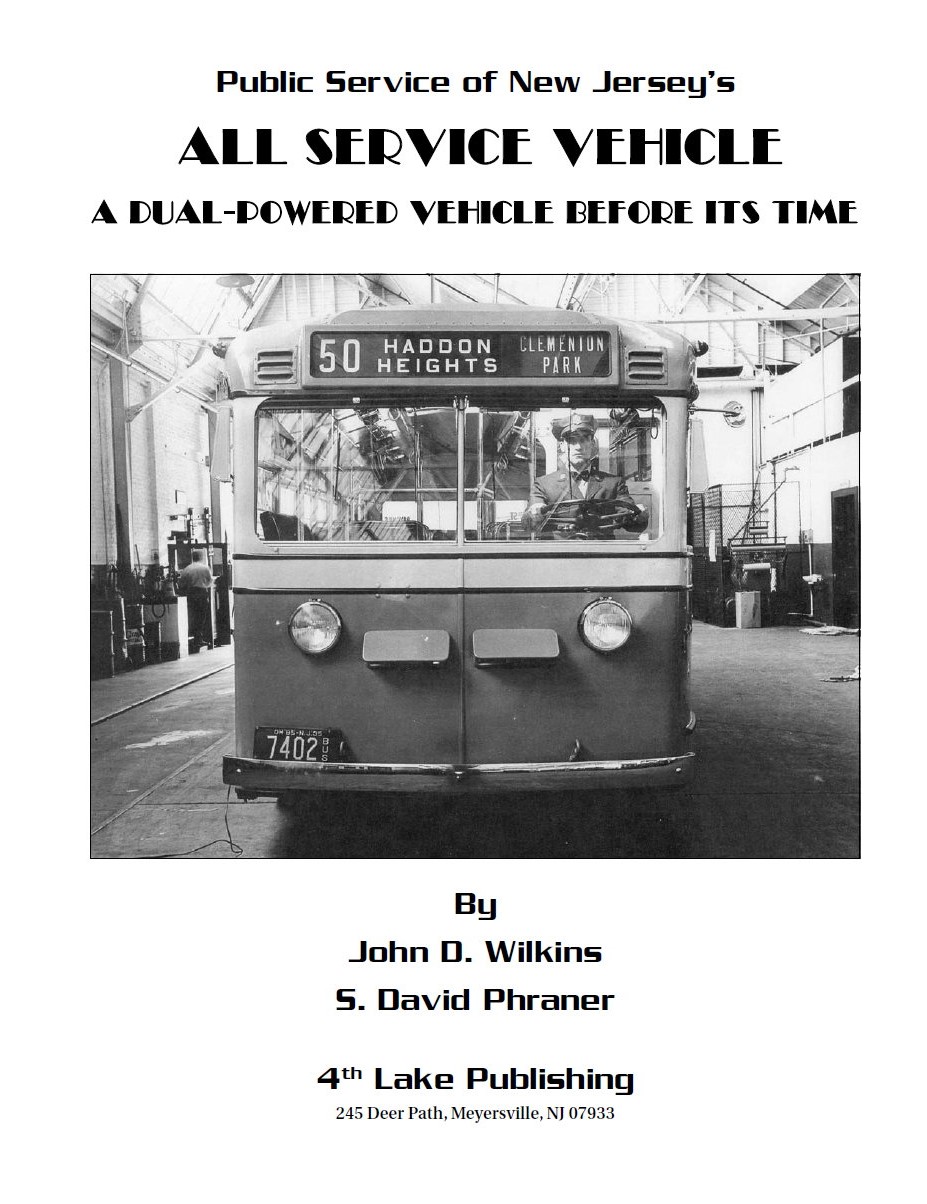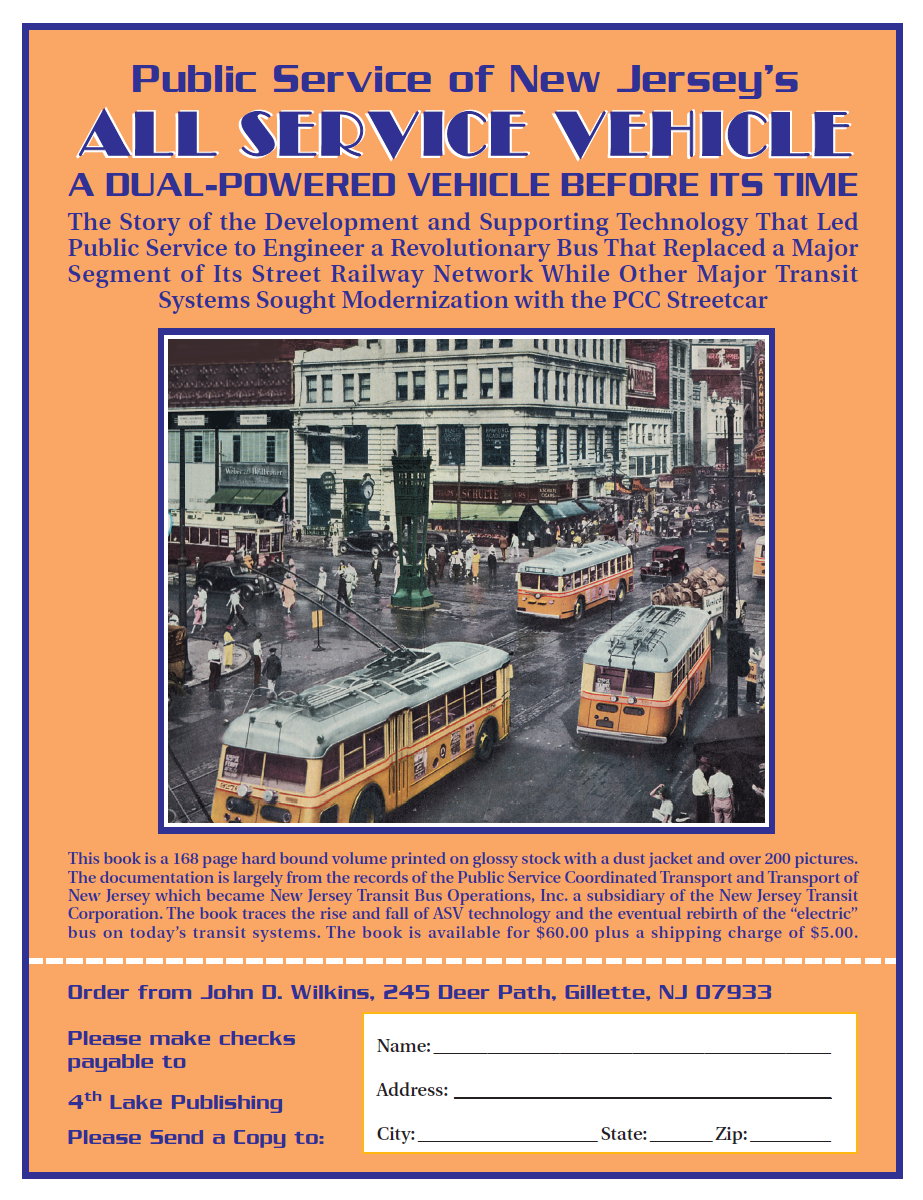|
|
Dave Phraner |
|
|
|
||
|
Reflecting back….One of the big advantages for technical and middle management employees at the PA is exposure to diverse work experiences. The PA encourages its employees to move upward in a variety of assignments in different departments and even within departments. The practice is advantageous to the employee as they learn more about the comprehensive mission of the agency’s businesses while providing greater opportunity for personal and professional advancement. For the PA corporate, it provides a more knowledgeable staff and opportunity to fit employees showing promise into slots best adapted to their skills. I personally benefited from this PA policy by serving in Aviation, Planning and Development and then Interstate Transportation Departments, for folks like Larry Schaefer, Martin Robins, Rich Roberts, Lee Goodman, and retiring (1996) from the Office of Ferry Transportation as deputy to its director George Cancro. There is an additional advantage to this diversity of work experience. You get to meet your counterparts in other departments and even outside the PA organization as you work cooperatively on joint projects. The PA being a bi-state agency broadens the scope of these professional relationships. These contacts often mature into friendships and post-retirement working relationships in professional and avocational pursuits. One of these acquaintances resulted in significant historic preservation accomplishments and a joint scholarship initiative. I had worked with John Wilkins of NJ Transit on XBL and other cooperative bus initiatives. Outside our respective employment obligations, we both chaired rail transit committees at the Transportation Research Board of the National Academies. John and I with others established a Transportation Heritage Center for New Jersey charged with managing the State’s historic rail and bus collection. John and I along with a former Freeholder Director started the vintage bus collection by buying the Heritage Center’s first vintage bus. The collection has now grown to 40 historic motor buses representing seven decades of bus transportation in NJ (and NY also, thanks to those buses having used our Trans-Hudson crossings). It can be viewed Saturdays at Lakewood bus terminal or on line http://www.friendsnjthc.org
There’s more; Wilkins and I just
co-authored a 170-page hard cover book on NJ Transit’s predecessor
Public Service Coordinated Transport (PS) and its All-Service Vehicle (ASV),
a hybrid gas-electric trolleybus before its time. Unique to New Jersey,
it was produced to replace streetcars with nearly 600 ASVs capable of
mimicking a trolleybus. With its trolley poles down, it could operate
independently of dual overhead trolley wire. See cover page and book
flyer. These ASVs were sometimes deployed for local charter services, including trips to the 1939 World’s Fair, Coney Island and other attractions crossing the river. During research for our book, we found a photo of a row of PS ASVs at the Flushing Meadow Fair’s bus lot. They had gotten there, trolley poles down, in the gasoline propulsion mode, using one or more of our Hudson River crossings! Imagine a trolleybus going over the GWB or through the Holland or Lincoln Tunnels! We now know it happened, but have no photographic evidence of that startling sight. Are there any such photos in the PA’s photo archive?
|
||

